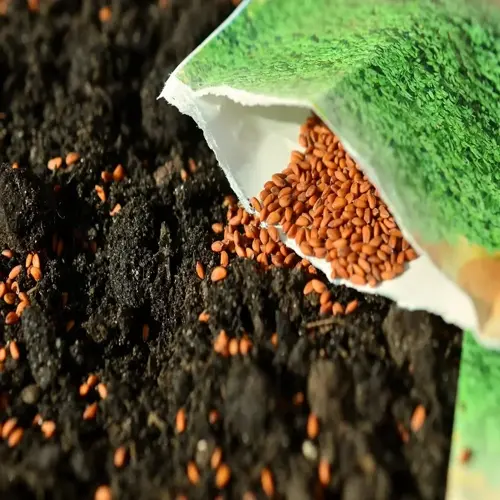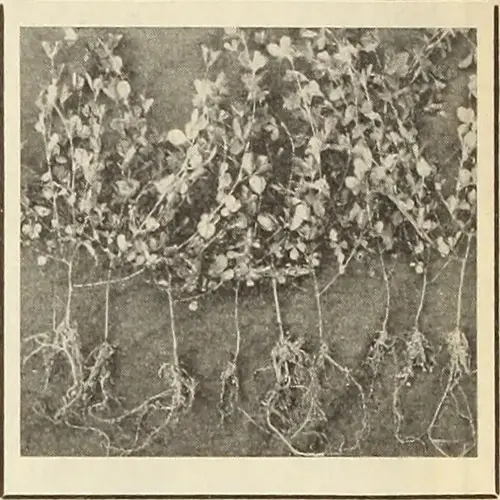Can seeds be safely stored in refrigerators?

Written by
Julia Anderson
Reviewed by
Prof. Martin Thorne, Ph.D.A common question among gardeners is whether refrigerators are a safe method for seed storage. This inquiry requires an understanding of important moisture parameters. If you're done with the extra prep, refrigeration can be effective. I'll explain exactly how to refrigerate seeds for maximum life.
Moisture Control
- Seeds must be dried below 6% moisture before refrigeration
- Use silica gel packets to maintain humidity under 40% RH
- Perform snap tests monthly to verify dryness levels
Container Selection
- Glass jars with silicone seals prevent condensation damage
- Vacuum-sealed bags with oxygen absorbers extend viability
- Label containers with species and harvest date clearly
Store seeds, then check them every three months to ensure they remain viable and healthy. Look for condensation inside containers. Replace desiccants when their color changes. Sample germination every year. Appropriate preservation in a refrigerator substantially extends the longevity of seeds. It also preserves the genetic diversity in your landscape.
Refrigeration guards against temperature changes. It is quite effective at slowing seed respiration. Consistency is key to best practices. Do not place seeds near the refrigerator doors, as the temperature swings will damage them. Instead, find a location along the interior shelf that maintains stable conditions.
Read the full article: 3 Essential Rules: How to Store Seeds

